Interactive Book: Click Here.
Positives:
As a whole I am incredibly pleased with my book. This was the first time had openly talked about that dark period of my life and I must admit there’s still parts I’ve kept to myself. The book explores the emotional side of depression and makes references to lack of identity, isolation, self harm and feeling trapped.
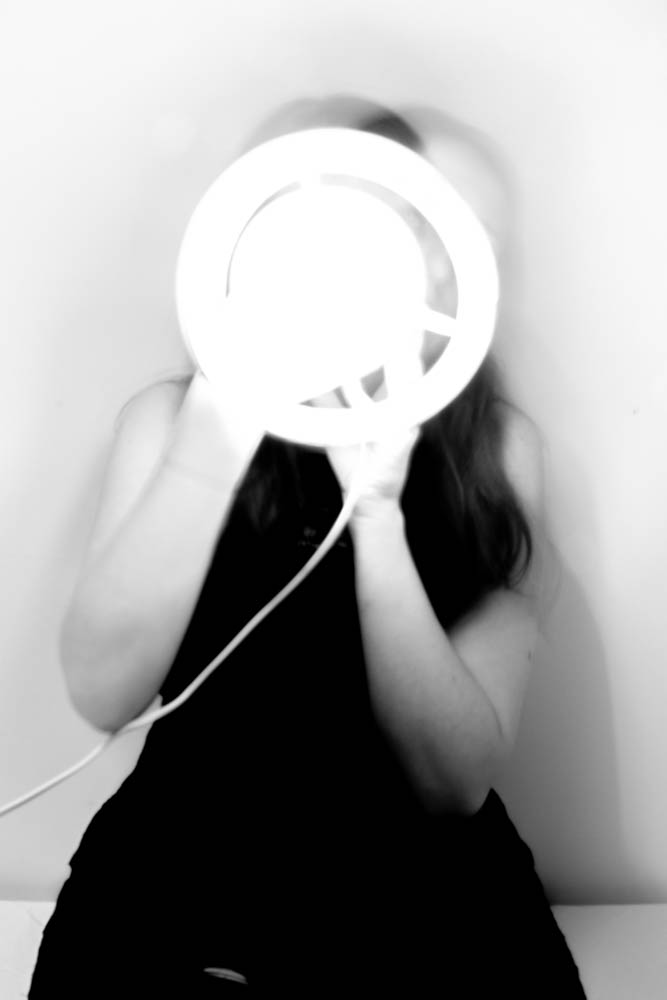
Lack of Identity 
Self Harm 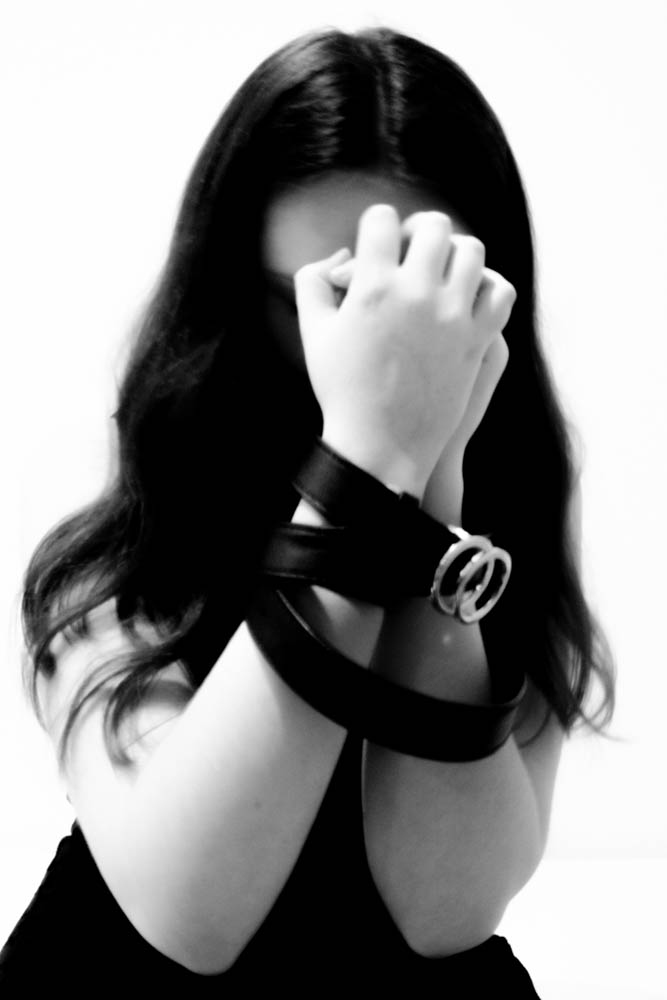
Trapped
All of my images are in black and white. This gives the book a dark aesthetic and compliments the overall theme of the images. There is also a harsh contrast between the two colours which often makes me look incredibly pale and unwell. This was intentional. When suffering from depression it can hard to find the motivation to even look after yourself properly. This includes showering and healthy eating which will contribute to depriving the body of what it needs to maintain what is known as ‘a healthy glow.’
Thirdly, I believe that my images clearly show that I was inspired by Francesca Woodman. Woodman’s images explored identity and are often linked with her suicide. One thing that makes her images so recognisable is her use of long exposure. This is something I also explored. Movement during a long exposure shot becomes blurred and can make the subject appear like a ghost. I did this in order to blur my features and empathise a feeling of invisibility.
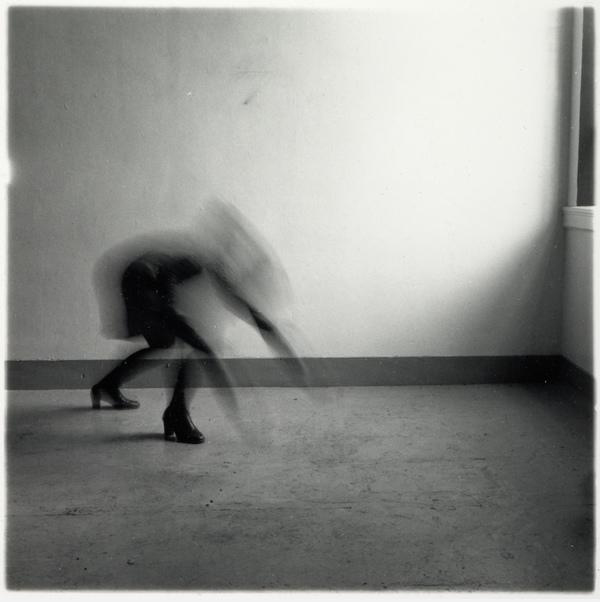
Francesca Woodman 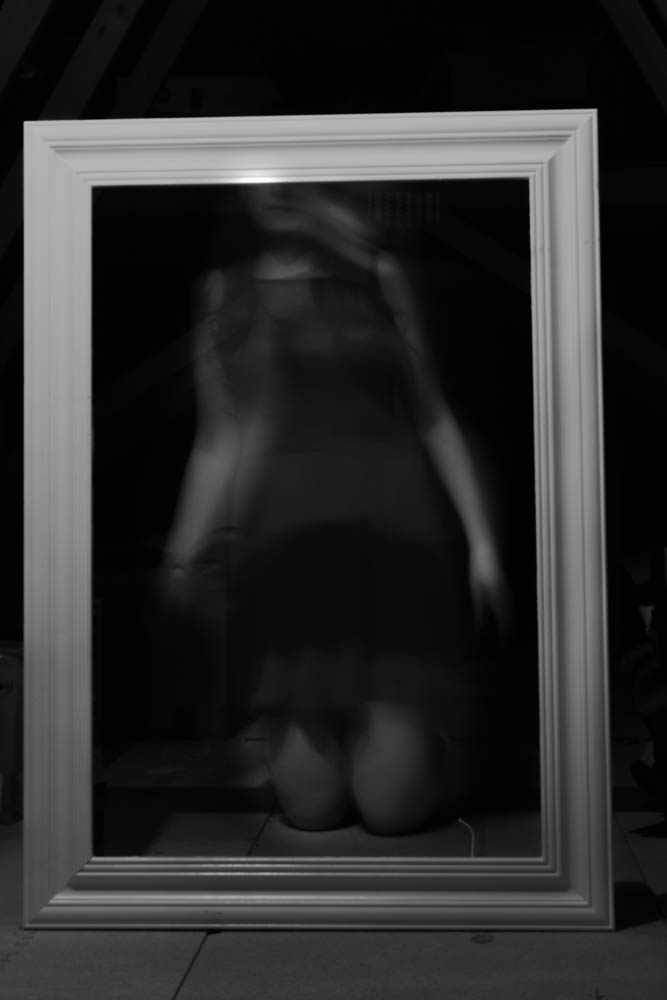
My response to Francesca Woodman
Finally, I chose to leave my book untitled. I started this project wanting to give people a better understanding of mental illness, but I was very aware that this is subjective as everyone experiences it slightly differently. However, the basic emotions felt are often the same. This is why I left the book without any text. I didn’t want to hinder the ability to relate to the images but changing their meaning with my own words.
Negatives/ How to improve:
My main criticism is on the length of the book. I feel as if it is too short. The book reads really quickly and I fear that it is too easy to flick through it and not take in the images properly. This is mostly my fault. Overall, I did not have enough images that showed enough variation from each other for them to be placed in the book without becoming repetitive. If I were to redo the project I would combat this by ensuring that I did as many shoots as possible.
Secondly, I would want to explore Mary Ellen Mark in more depth. I was intrigued by her work on Ward 81, but I never took the time to go over her other works. She hadn’t done any other projects that heavily related to mental illness so I didn’t think it was necessary to look at what else she’d done. I regret this as I found it hard to directly respond her and as a result there are only a few images inspired by Mark’s work in my book.
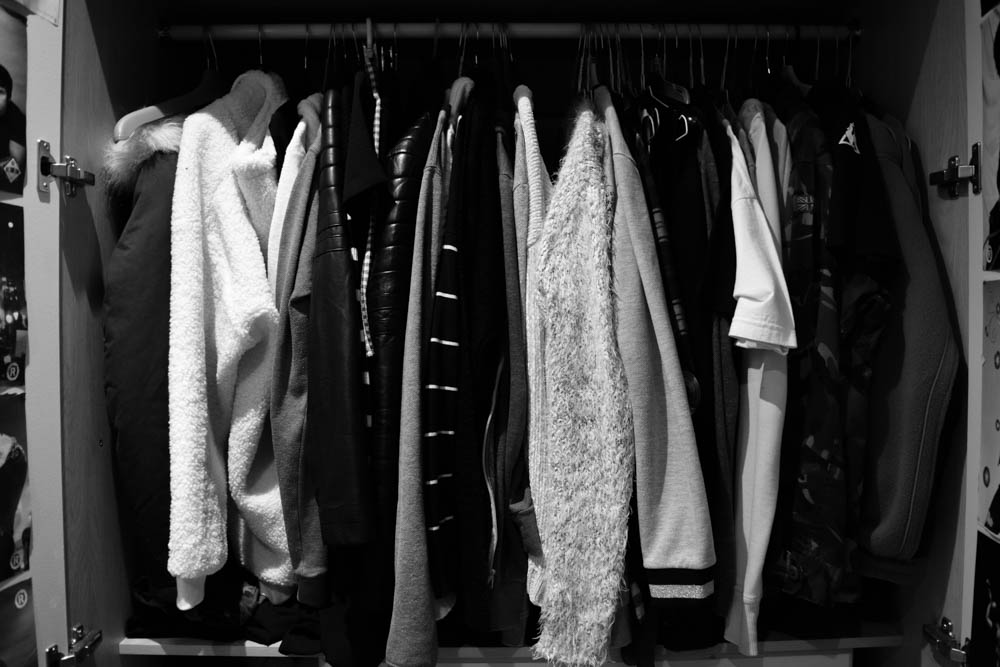
My response to Mary Ellen Mark
